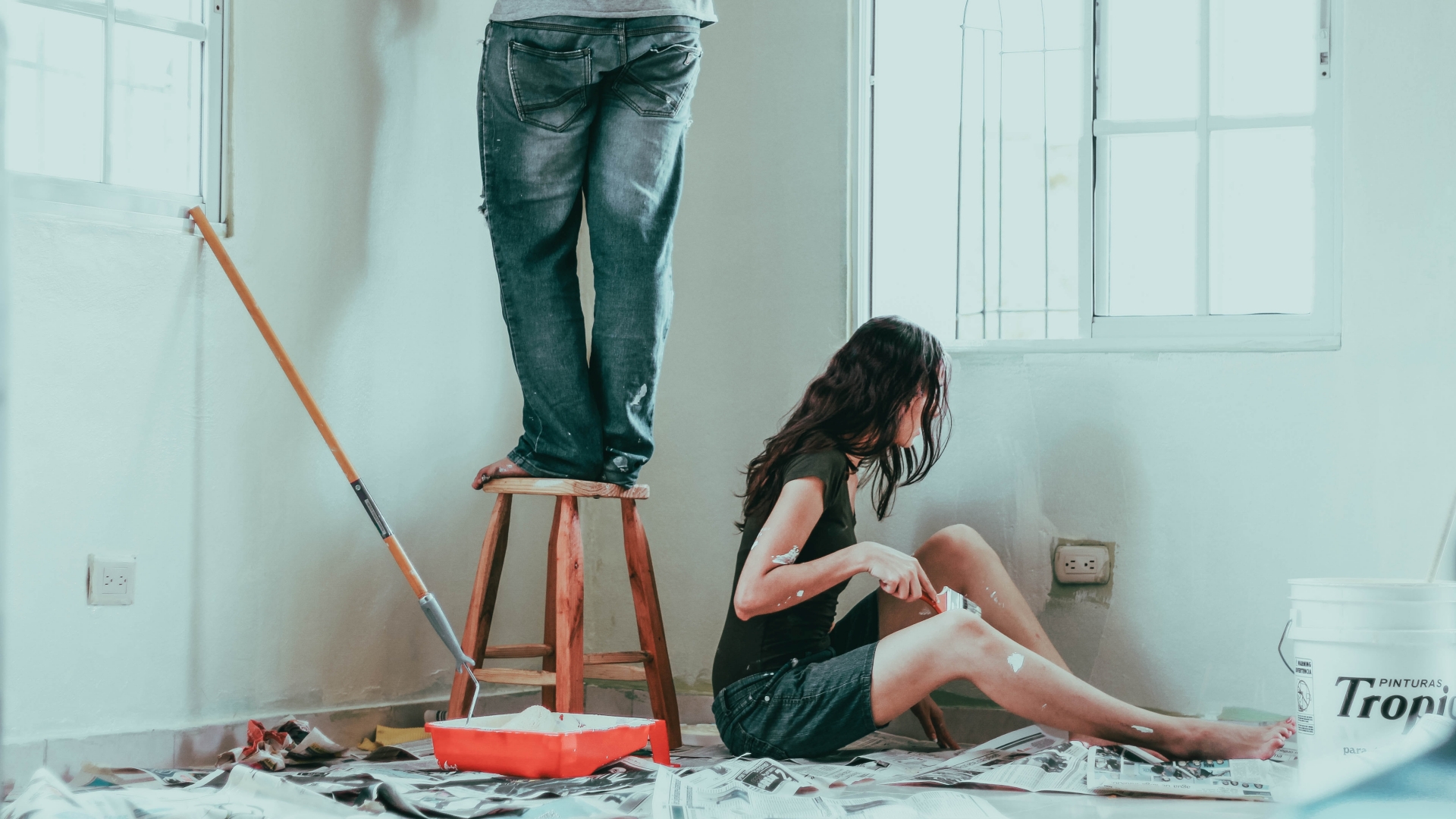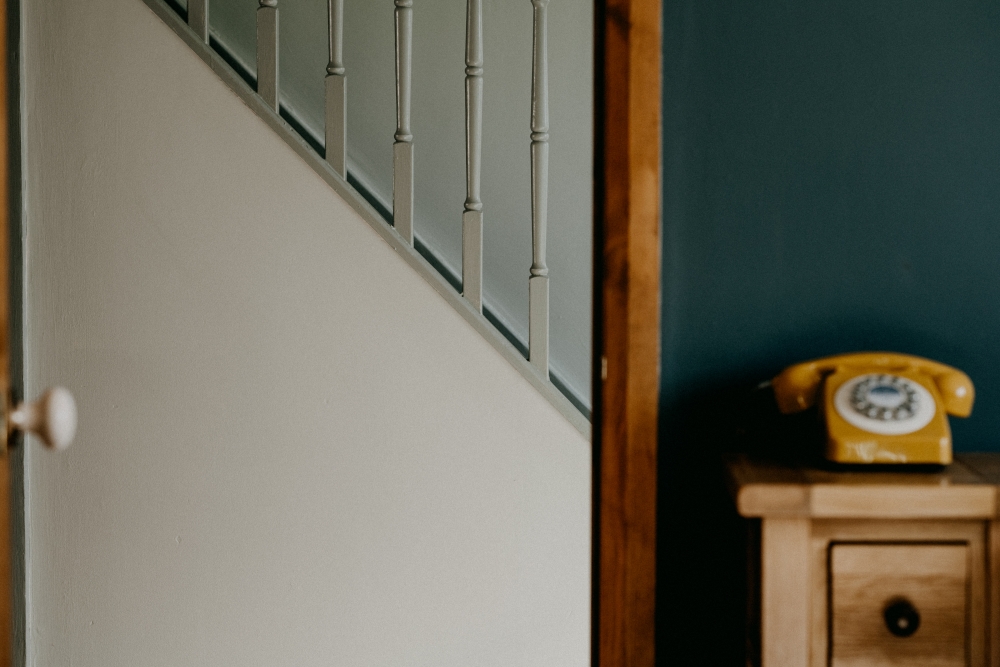Certain items require more attention when moving than others. Special items like pianos and antiques are valuable and often hold sentimental worth, making their safe transport a priority.
This article explores the meticulous process that professional movers use to handle these special items and ensure they reach their destination without damage.
Selecting a Moving Company
Choosing the right moving company is critical when transporting items that require extra care, such as pianos and antiques. A reliable moving company should have a wealth of experience and boast a track record of positive reviews on handling delicate items. These credentials indicate that the movers have the necessary skills and tools to manage your valuables safely. Verifying that the company employs trained professionals who understand the intricacies of packing, handling, and transporting fragile and valuable pieces is essential.
Furthermore, a reputable moving company will offer detailed consultations to assess your needs, ensuring that your items receive the personalized care they require for a secure relocation.
Therefore, if you are residing in or around the city, understanding how much does it cost to move in Philadelphia or similar locations can provide insights into planning your move with a focus on safety and efficiency.
Pre-Move Assessment
The pre-move assessment is a crucial stage in the relocation of special items. This initial step involves a thorough evaluation by professional movers to determine the safest and most efficient methods for packing and transporting delicate belongings. Here are some key factors to consider:
Initial Evaluation
Handling special items begins long before moving day, with a pre-move assessment. This assessment involves a detailed examination of the items to determine the best methods and materials for packing and transportation. Each item’s condition, size, weight, and age are considered to create a tailored moving plan.
Risk Management
Movers also evaluate the risks associated with moving each item. This might include structural weaknesses in antiques or the sensitive internal components of musical instruments like pianos. Identifying these risks can help plan the necessary precautions to mitigate them during the move.
Packing and Preparation
Packing and preparation are foundational to ensuring the safe transport of valuable items. This phase involves meticulous attention to detail, utilizing specialized materials and techniques tailored to each item’s needs. Professional movers employ the following advanced strategies to safeguard antiques and fragile objects against damage during the moving process:
Specialized Packing Techniques
Packing is perhaps the most critical step in the safe transportation of pianos and antiques. Movers use specialized materials such as padded wraps, custom crates, and shock-absorbing materials. Each item is wrapped individually, often with several layers of protection, to guard against scratches, dents, and other damages.
Custom Crating
Custom wooden crates are constructed for highly delicate or valuable items. These crates are built to fit the item’s dimensions precisely, providing a secure environment during transport. This method is beneficial for antiques that require extra protection from external pressures.
Transportation
The transportation stage is pivotal in moving, requiring specialized vehicles and careful handling to transit delicate items safely. Below are some factors to consider:
Vehicle Requirements
Transporting special items requires vehicles with features like air-ride suspension to minimize vibrations and temperature control systems to protect sensitive materials. Each vehicle is also configured to accommodate the specific size and weight of the moved items, ensuring a stable ride.
Secure Loading Techniques
Loading these items into a moving truck is done with great care and precision. Equipment such as piano dollies and furniture pads are employed to ensure safe handling. Strategic placement within the truck is crucial to prevent shifts during transit, with heavy items securely tied down.
Unloading and Post-Move
Upon arrival, the unloading process mirrors the careful approach taken during loading. Special items are often the first to be removed from the truck to reduce exposure to potential hazards. Once inside, they are carefully unpacked and inspected for any signs of damage, with immediate steps taken to address any issues.
Insurance and Liability
Insurance and liability considerations are essential to any moving process, especially when handling valuable and fragile items. These provisions protect against potential damages during transit, offering peace of mind and financial security. The following are some key considerations to keep in mind:
Ensuring Adequate Coverage
Professional movers typically offer various insurance options to cover potential damages. It’s advisable for clients to review these options carefully and choose a policy that provides adequate protection for their valuable and sentimental items.
Liability Issues
It is crucial to understand the mover’s liability and the extent of their responsibility in the event of damage. This helps choose the right mover and manage expectations about what can be done if an incident occurs.
Conclusion
Professional movers handle special items like pianos and antiques with detailed planning, specialized equipment, and careful execution. From the initial assessment to the final placement in a new home, every step is designed to ensure the safety and preservation of these invaluable items. Choosing the right moving company equipped to handle such challenges is essential for a successful move.











